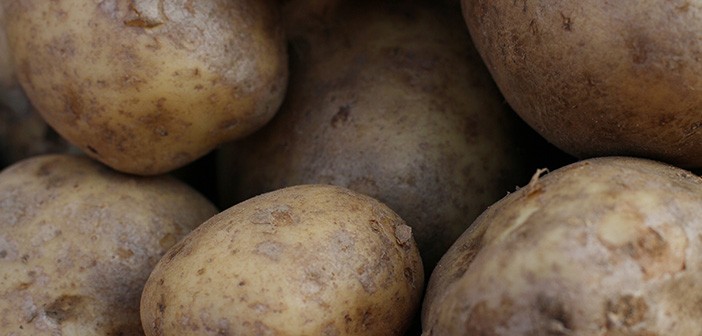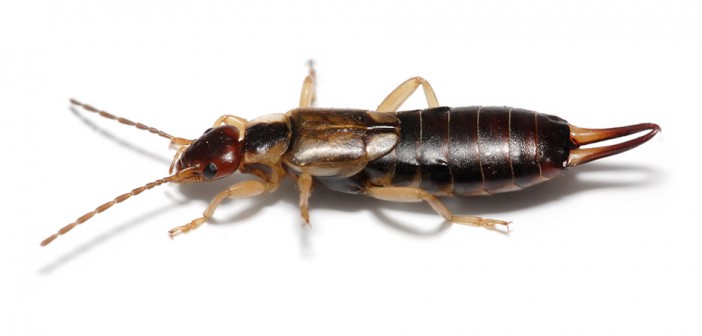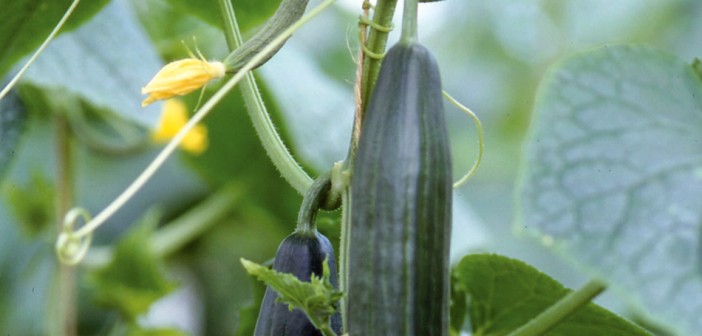A new nationwide survey of potato growers hopes to evaluate the wider implications of key soil pest issues, and assess whether growers are winning the battle against losses, or identify if problems are getting progressively worse.
It seeks to evaluate how growers perceive the effectiveness of current IPM measures in the field and the impacts that adopting new practices have on profitable potato production. Syngenta Potato Campaign Manager, Mark Britton, commented, “The recent AHDB-funded survey has given a good snapshot of PCN incidence, but it is crucial to now assess how growers view the control options available, and how that impacts on the complex interaction of all soil pests in practice.”
The questions have been designed to focus on the practical and financial implications for growers here and now, but would also have a valuable function in helping to shape future research and trials’ priorities to develop appropriate solutions. The survey, which should take less than ten minutes to complete, can be found at https://www.surveymonkey.co.uk/r/JN7X8BH until the end of January. All growers and agronomist that participate will have the chance to win a copy of a practical guide to diseases, pests and disorders of the potato, and the survey results will be available to all growers.

The post Nationwide survey to understand soil pests of potato appeared first on Hort News on 23 December 2016.

